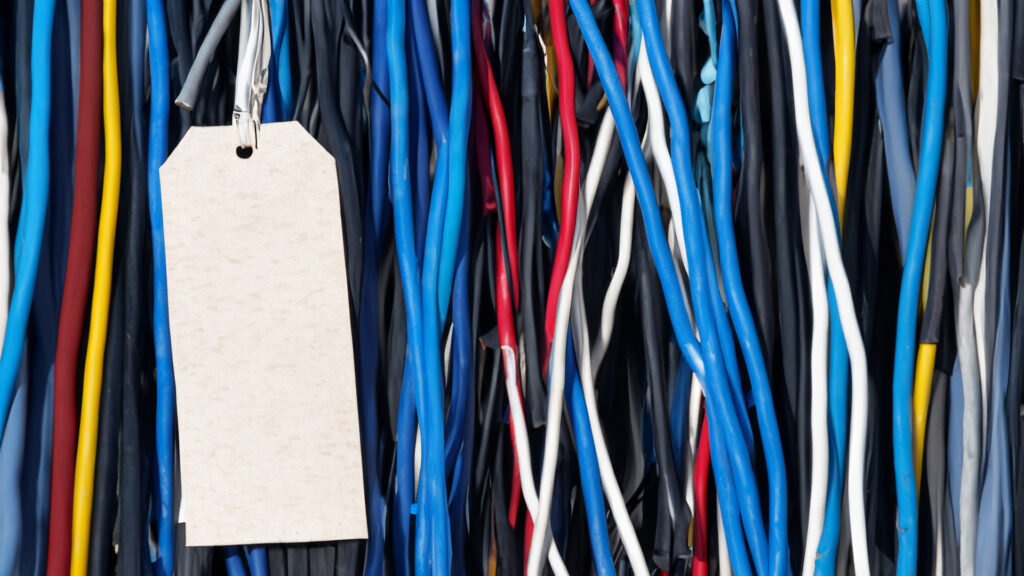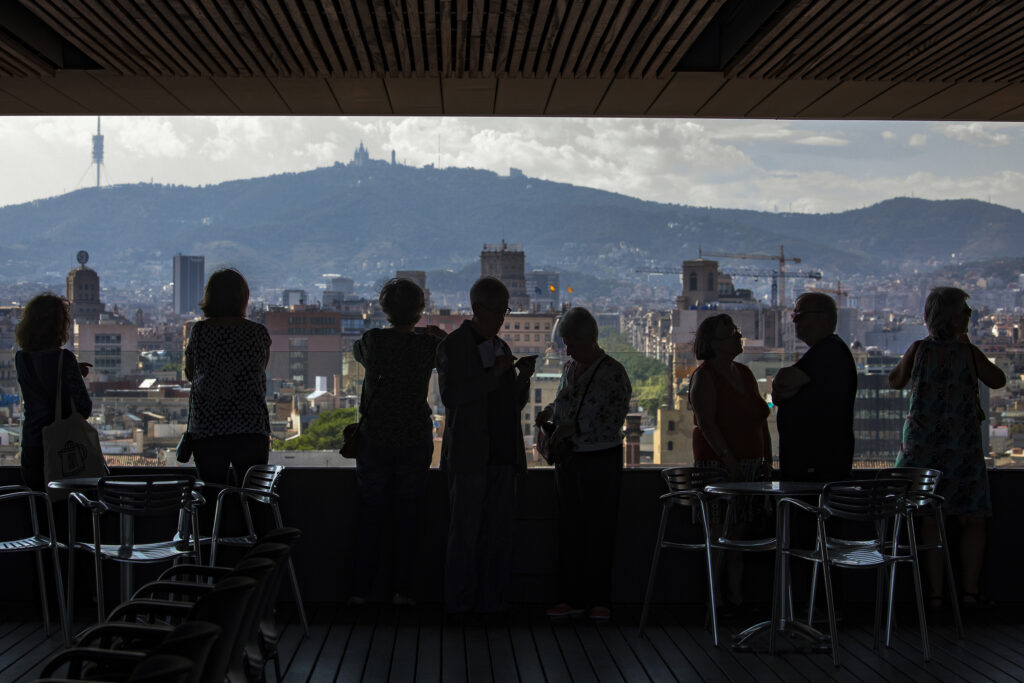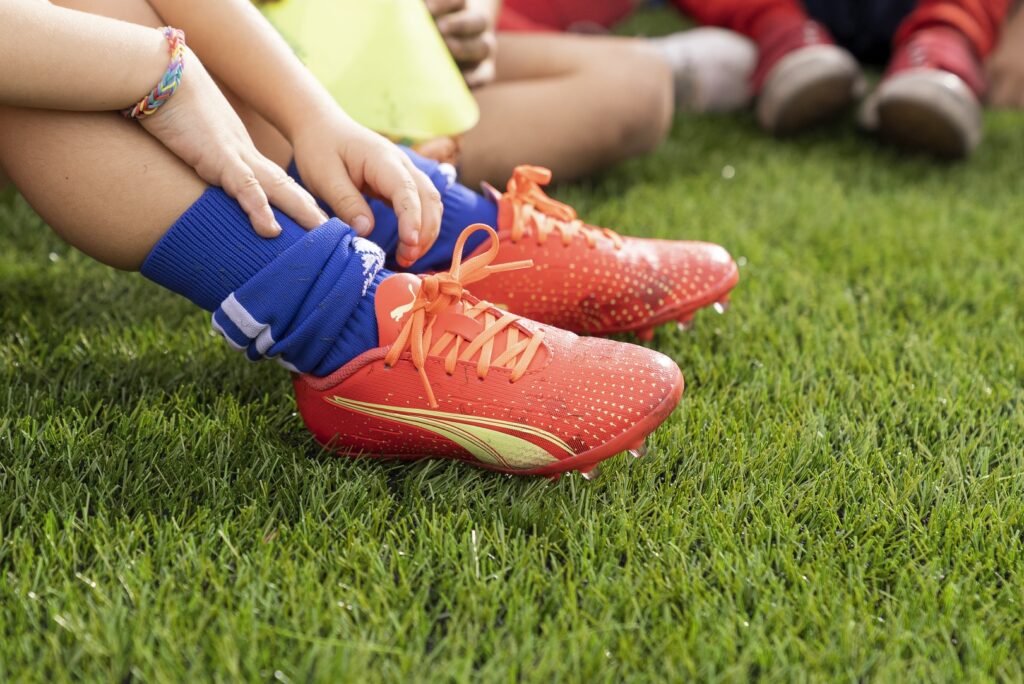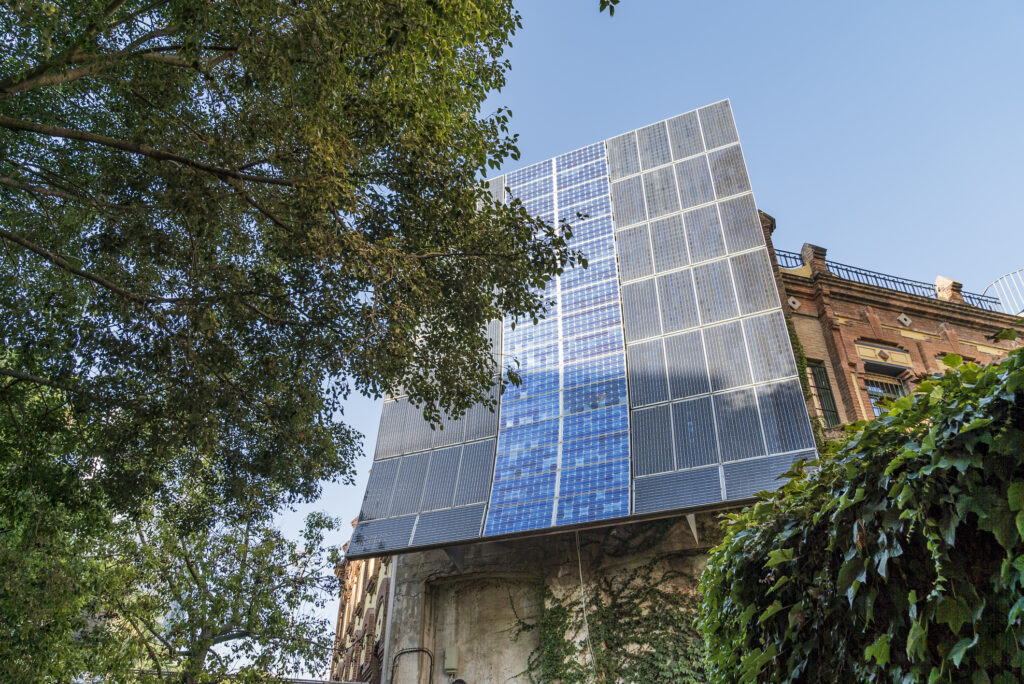Meta tags, also known as meta elements or metadata, are fragments of HTML code that provide information about the content of a website for search engines and other online services. Using them effectively is crucial in SEO for a website and improving its position in search engine results.
There are different types of meta tags to bear in mind:
1. Title tag: This is one of the most essential meta tags. It specifies the title of the page and is the text that appears in the title bar of the browser. It needs to be appealing, contain relevant keywords and not exceed the limits recommended for the search engine.
2. Description tag: This provides a brief description of the page content. It is the fragment of text that appears beneath the title in search results. A well-drafted and informative description can drive up click rates.
3. Canonical ERL tag: This is used to indicate the main page when there are a number of similar ones. It helps with page hierarchy and prioritises the indicated page as canonical. We should bear in mind that in this case, the meta tag is placed on the secondary page to indicate which page is the main one.
4. Robot tag: This indicates if a search engine can index a page or not. Sometimes it can be used to prevent certain pages from being displayed in search results.
5. Alt image tag: This describes what an image shows. Besides being one of the elements that helps with positioning, it is important in terms of site usability for people with visual impairment who use screen readers that include these texts.
To use meta tags effectively to improve your search engine positioning, you should make sure that they are in keeping with the page content and that they include relevant keywords. It is important to maintain a coherent structure and avoid the excessive use of keywords, as search engines can penalise this. Finally, it is a good idea to review and update meta
tags regularly to adapt to changes in search trends and the algorithms of search engines.



